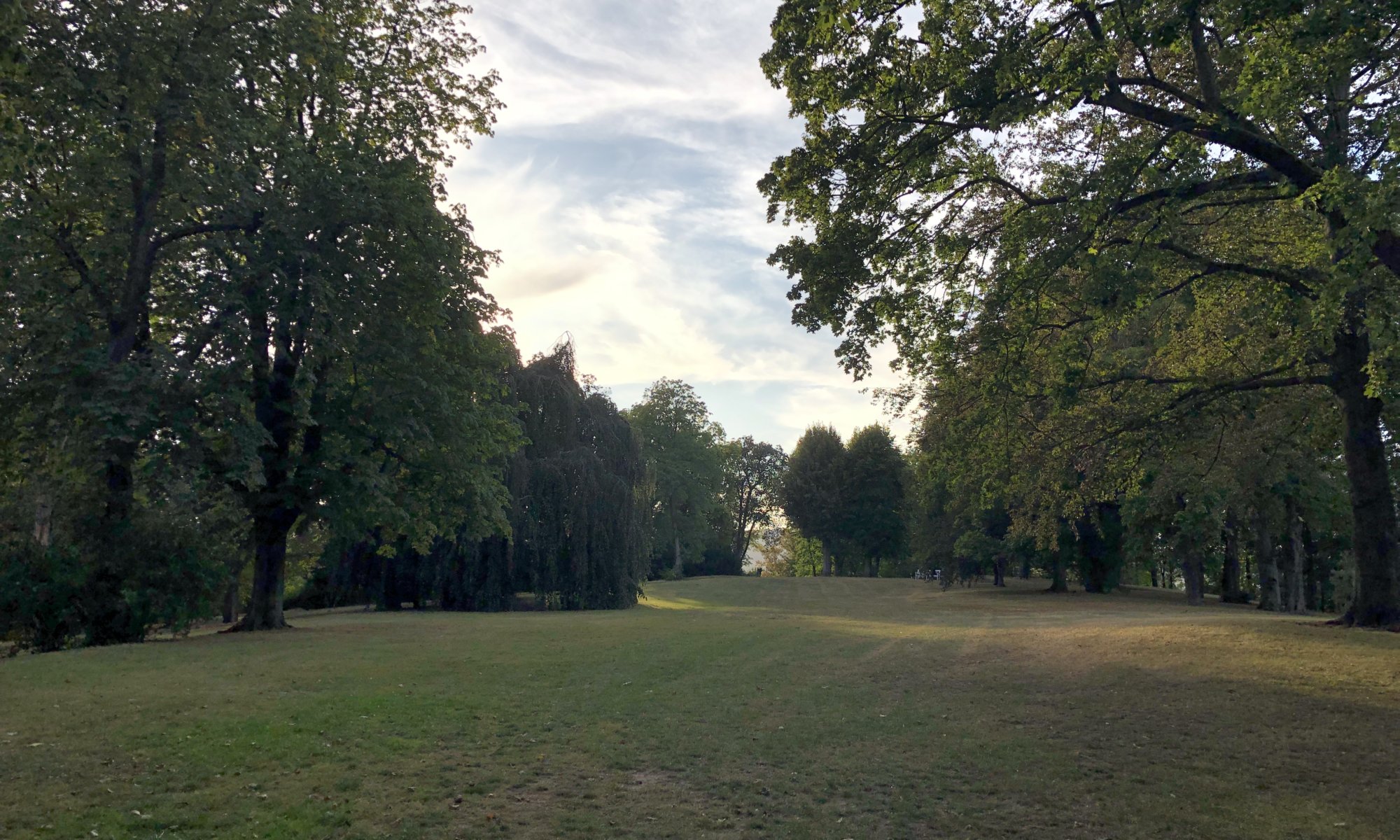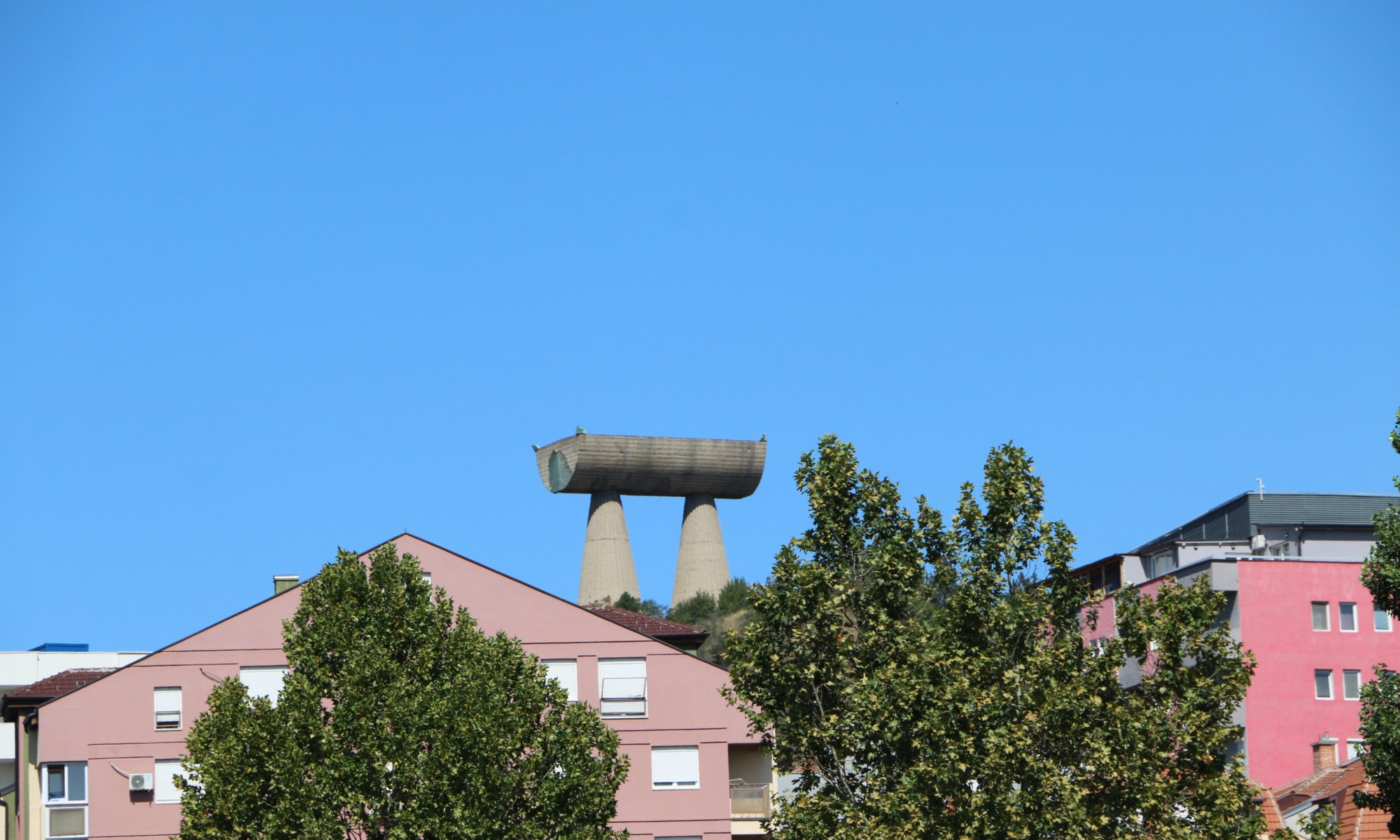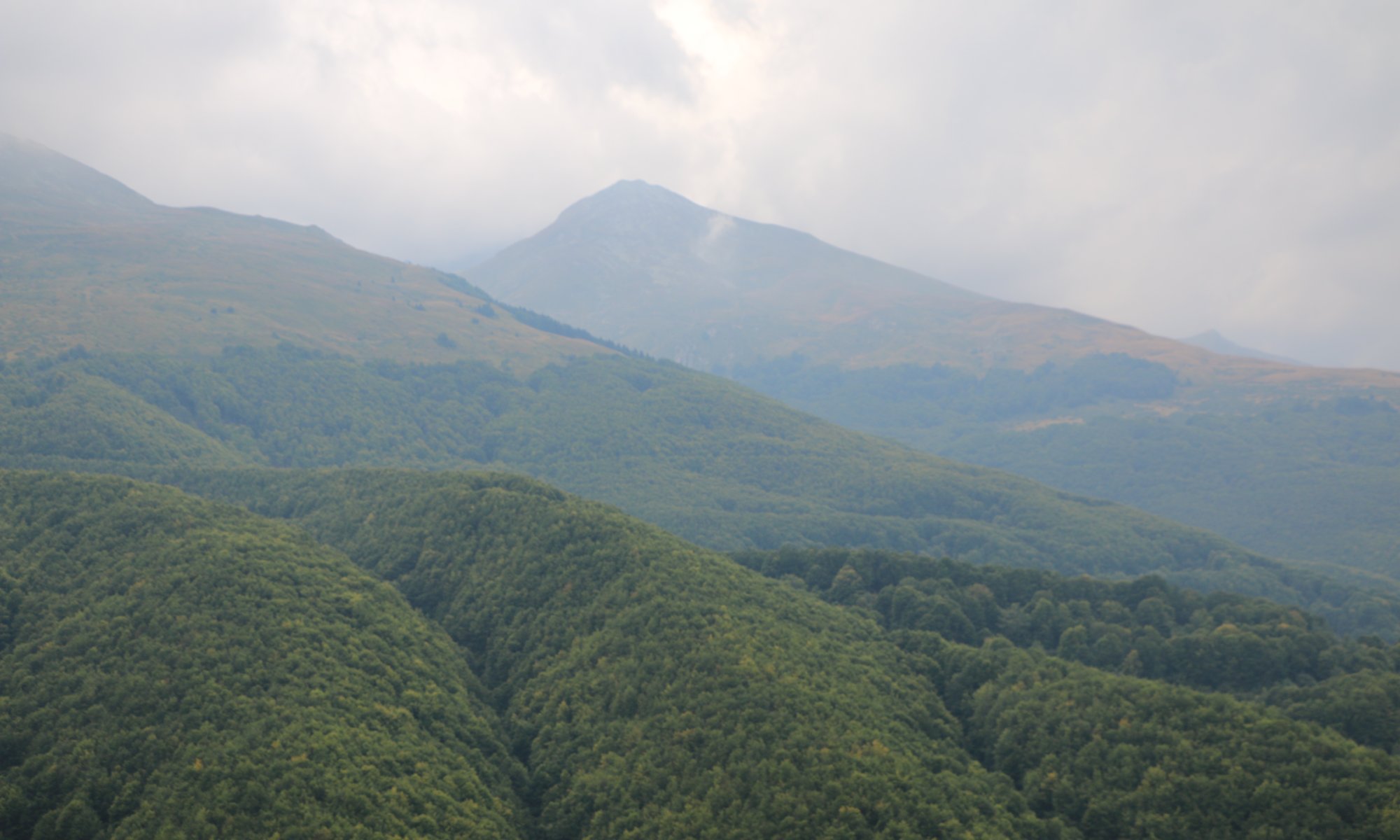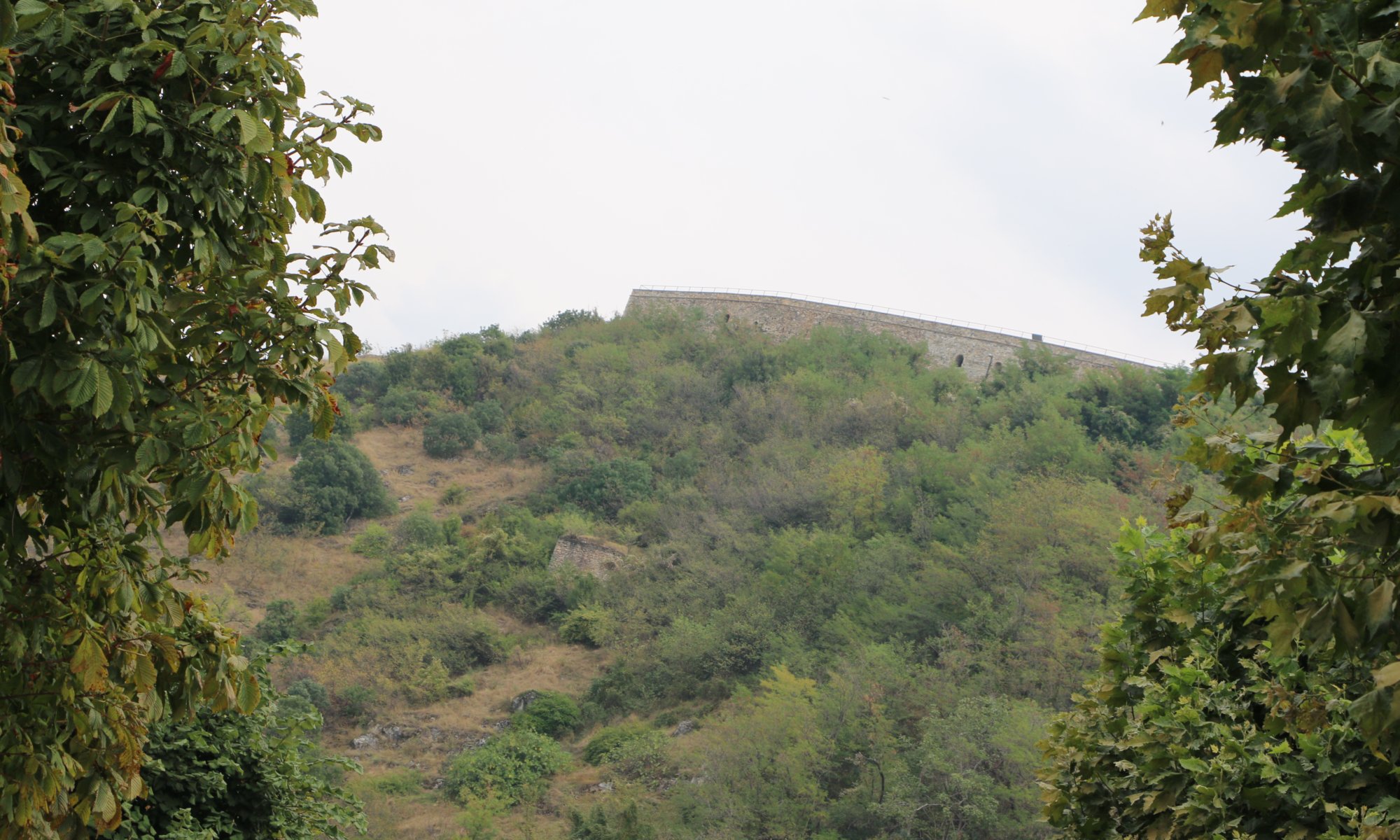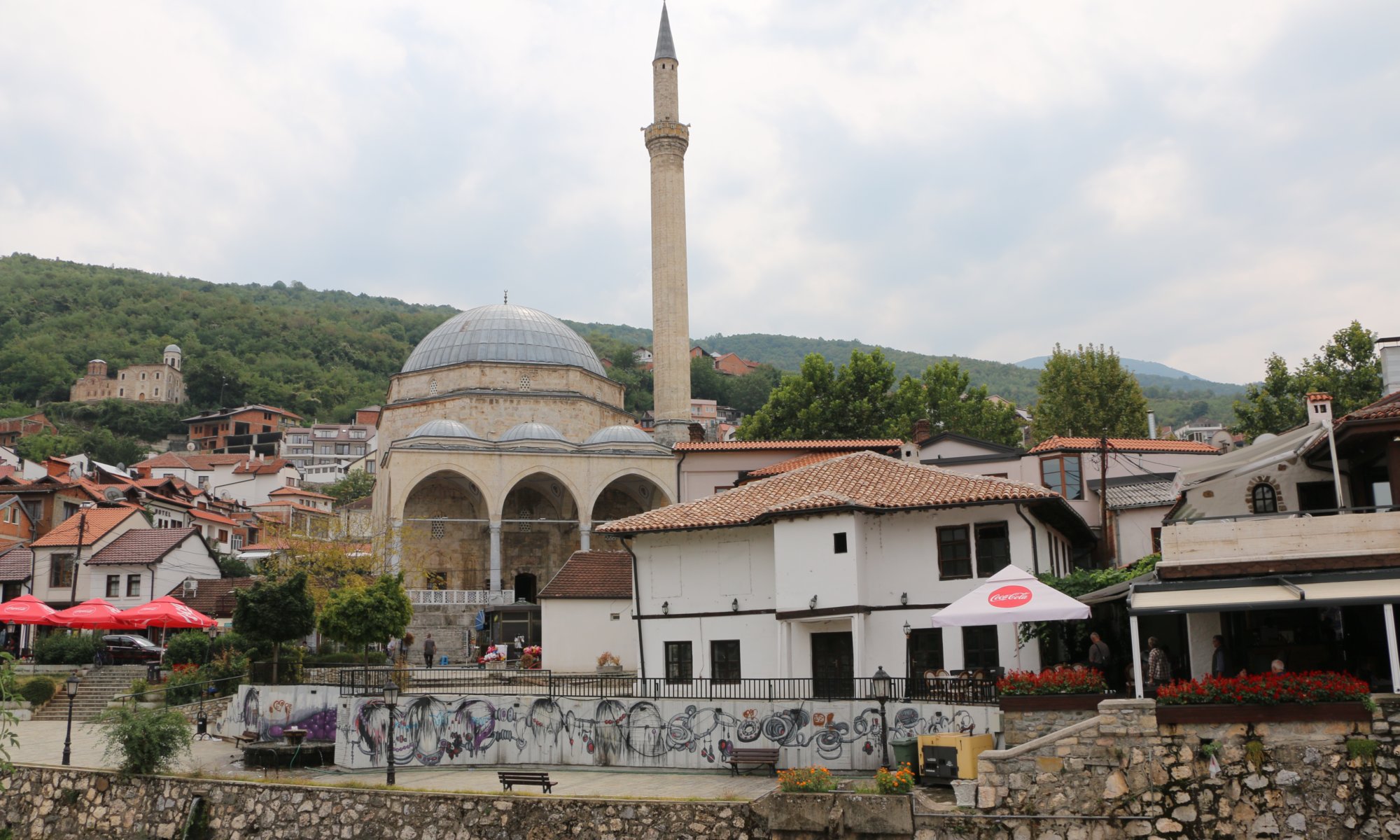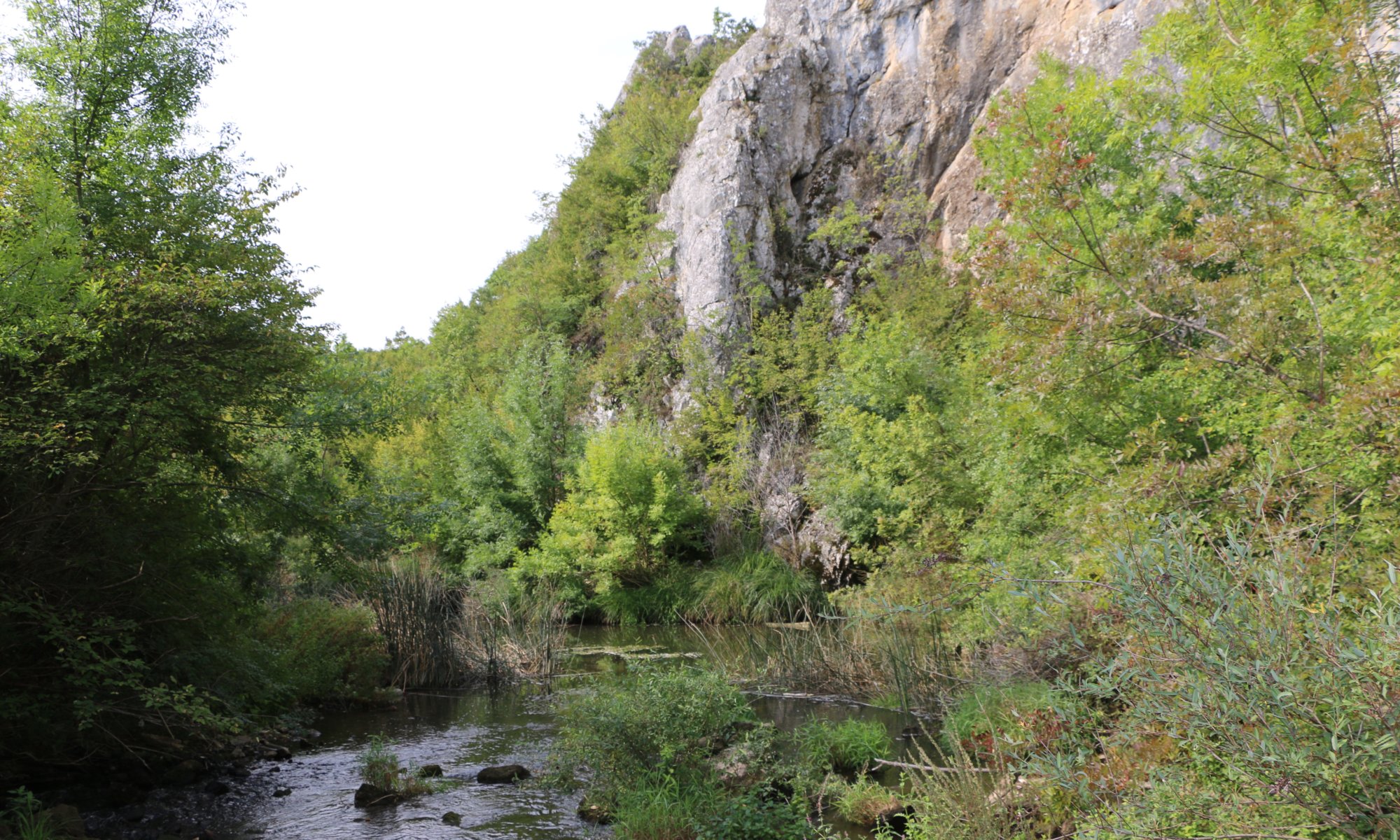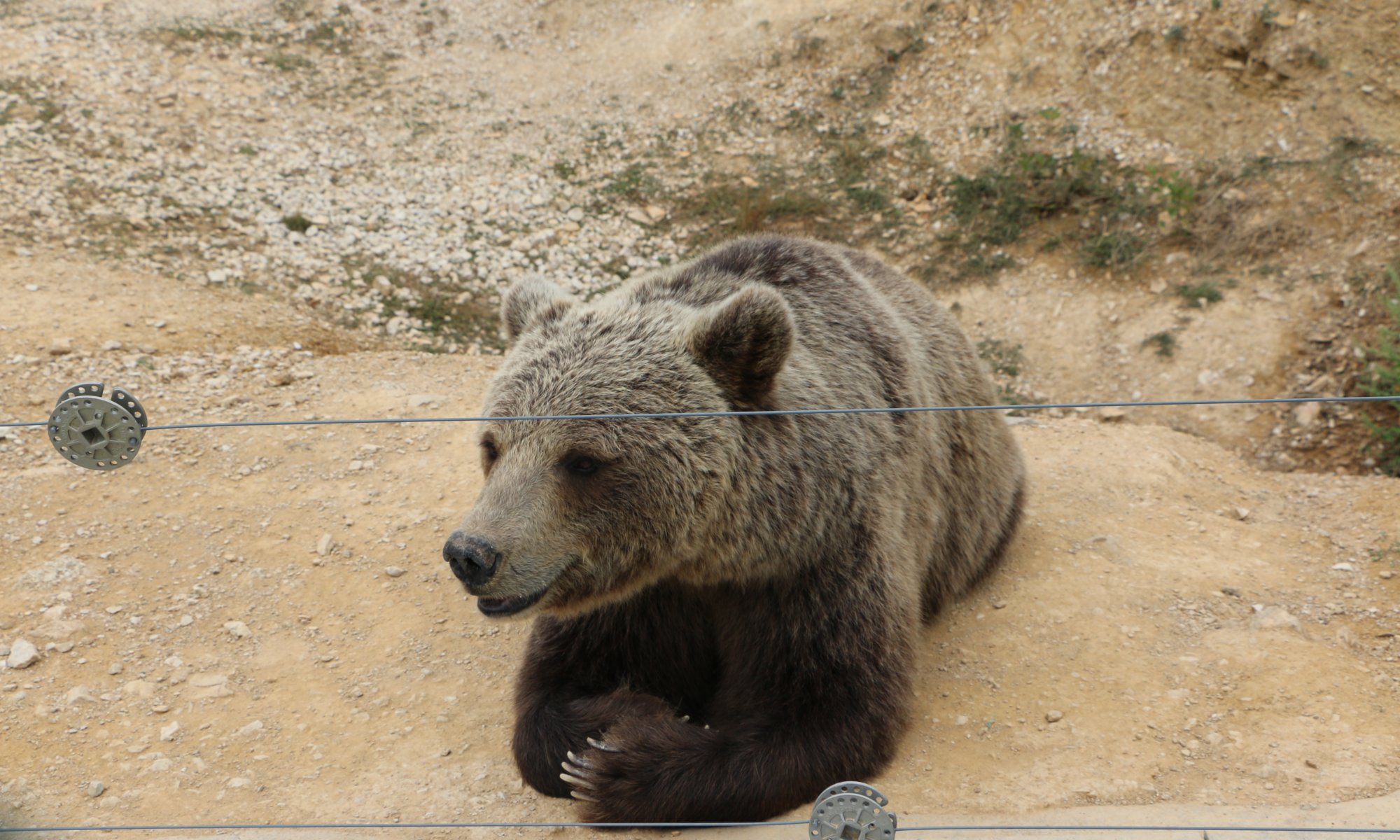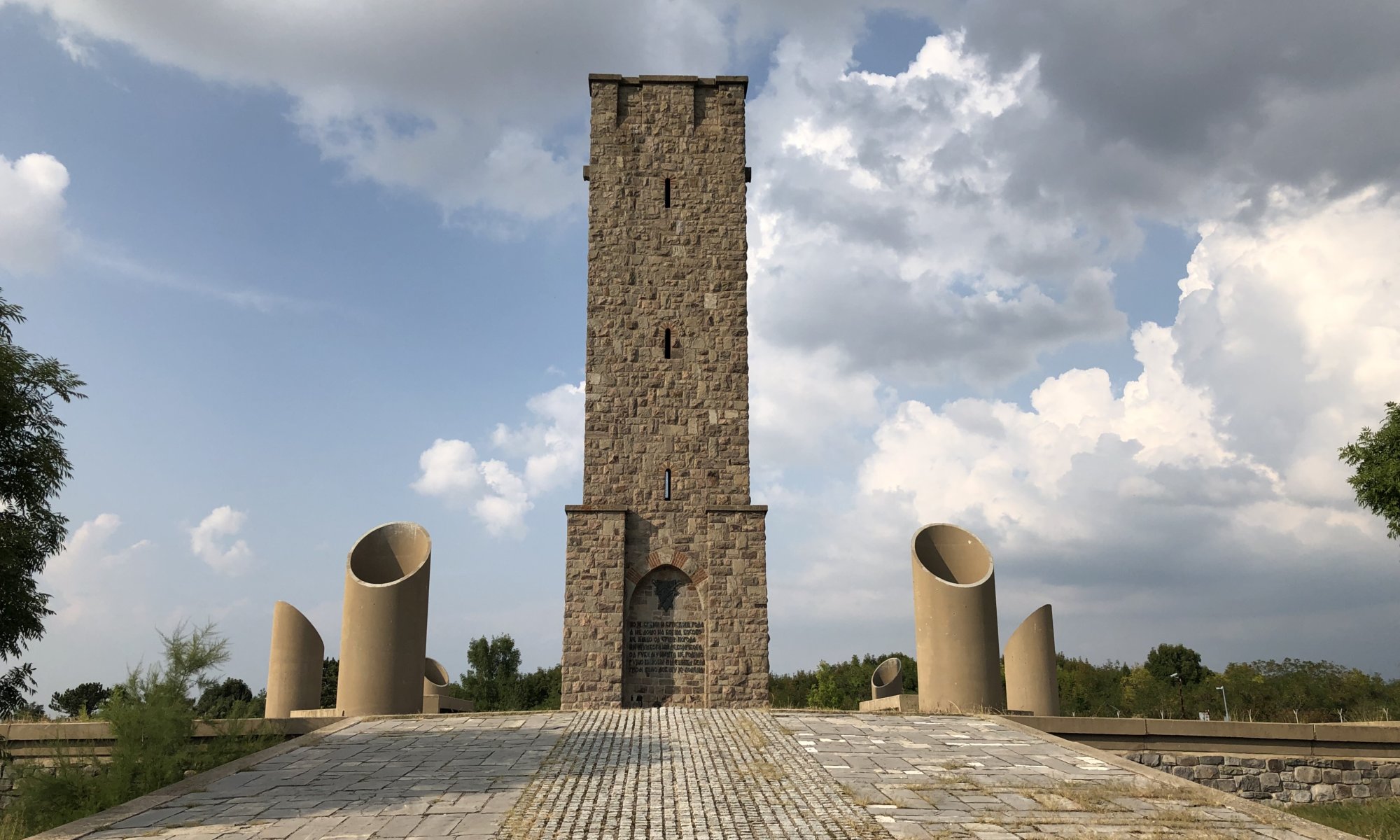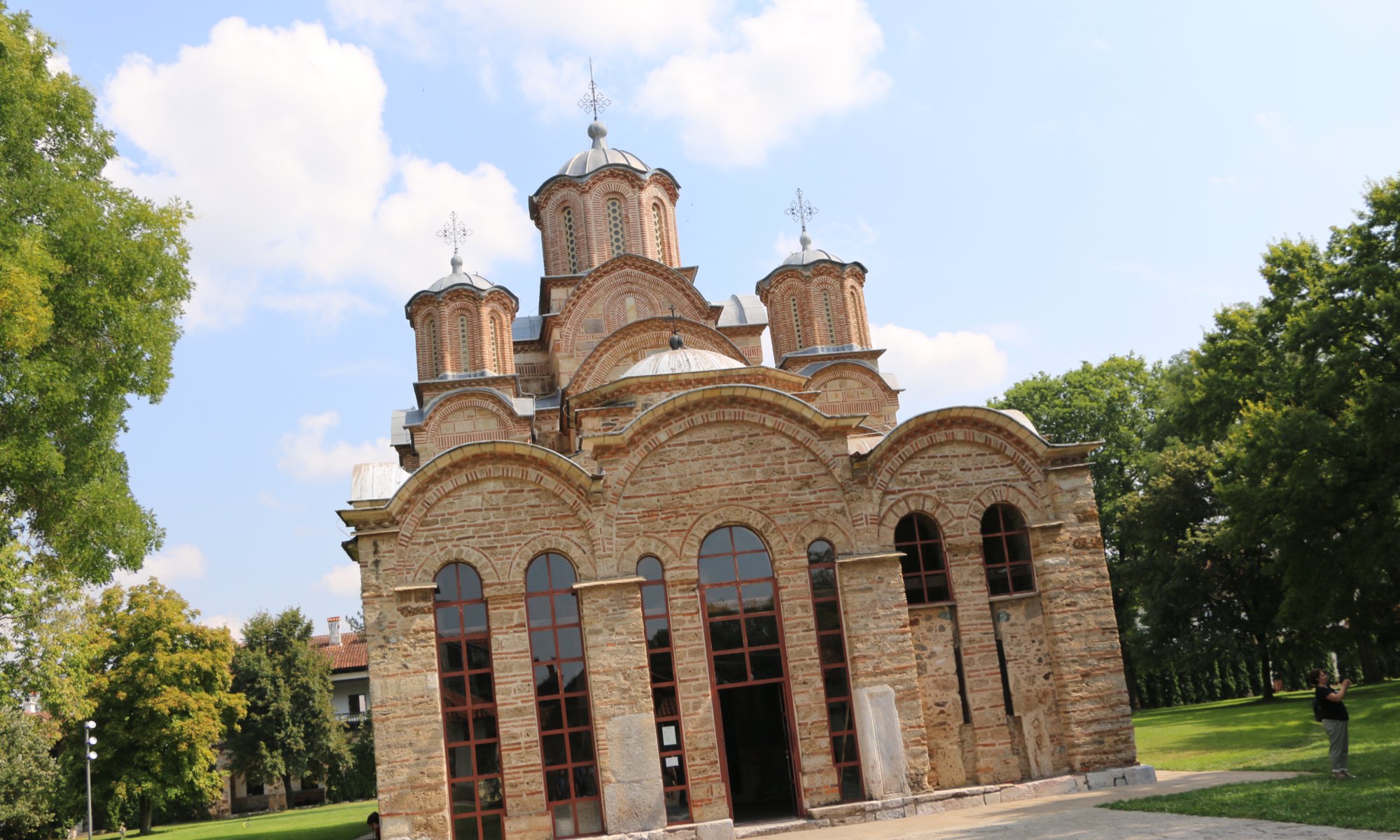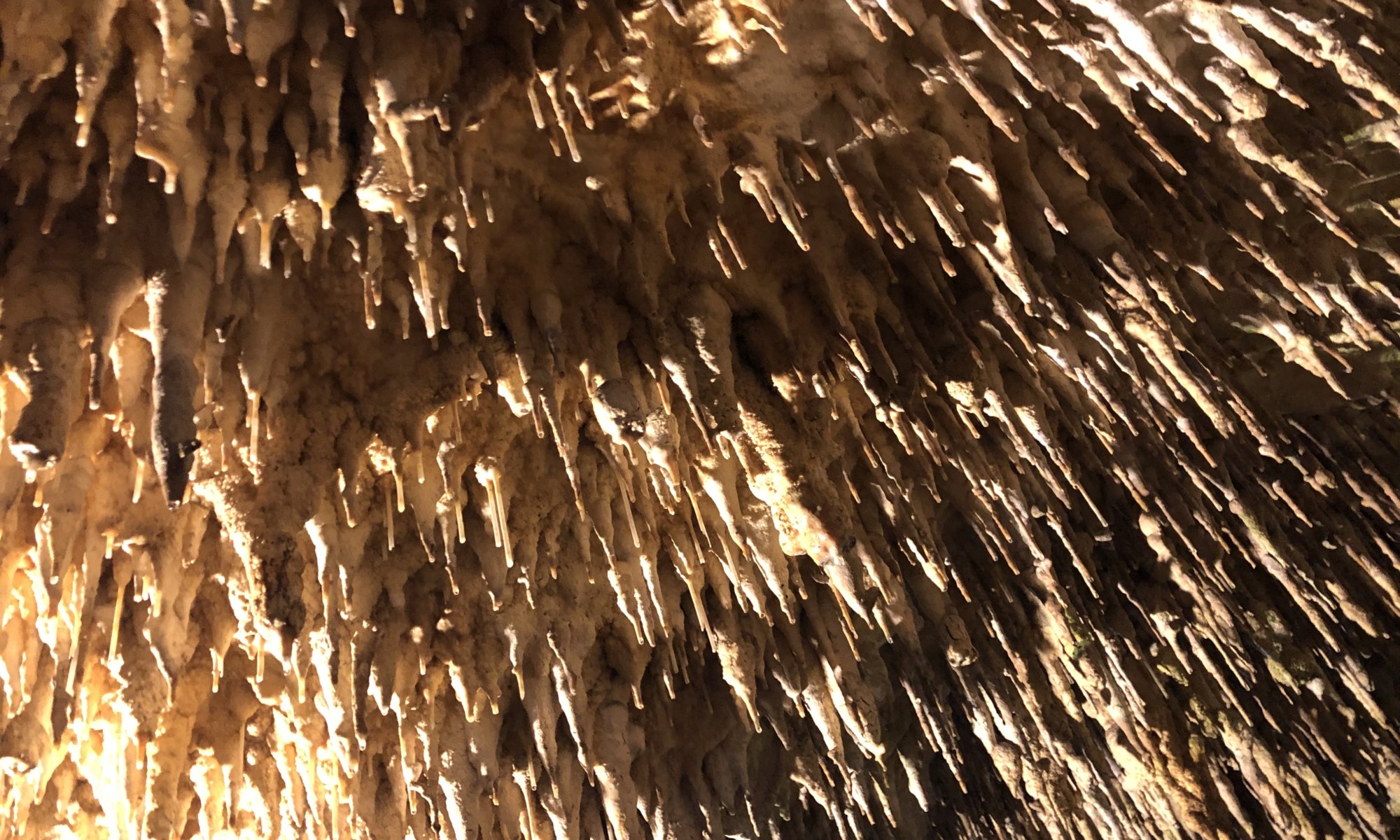The Tannenkuppe (fir summit) is a hill in the city quarter Vorderer Westen (fore west) of Kassel, Germany – not far away from the railway station Kassel-Wilhelmshöhe. It consists of limestone (like nearby Kratzenberg) which was gathered and until the mid of the 19th century also burned there to receive Calcium oxide; a material needed for buildings and industry. In the 1880s local industrial Sigmund Aschrott bought this place and converted it into a landscape garden.
Continue reading “Aschrottpark”Miners monument
The city of Mitrovicë, Kosovo is mainly known for two things: that river Ibër splits the city and the country itself into the Serbian north and the Albanian south and for its mining tradition. On Serbian-controlled territory in the northeast you can find the Miniera e Trepçës or Rudnik Trepča – the largest mine for lead and zinc ore in Europe (which is additionally also gathering silver and gold). Up to 23000 workers were once employed there at the same time.
Continue reading “Miners monument”Malet e Sharrit
At the border between Kosovo and North Macedonia you can find a fantastic mountain range called Malet e Sharrit, Sharr or Šar Planina. It is a great contrast to the flat land in the Kosovo Polje and contains high mountains, deep valleys and endless green forests. The area is especially known for the artisan products created here and the possibility to go skiing in the upper parts. A good way to explore the Malet e Sharrit nature protection zone is to start from Prizren and to drive into the direction of Brod – you will then cross the complete mountain range
Continue reading “Malet e Sharrit”Kalaja
The Kalaja fortress is located high above Prizren, Kosovo. Under its protection the city became an important trade city connecting Albania and its coasts with the Kosovo Polje. The medieval fortress was built in the 6th century CE on a place that was already used by earlier generations of the Illyrians and Romans. The terrace 200 meters above the city gives great views on the area.
Continue reading “Kalaja”Xhamia e Sinan Pashës
When coming to the city center of Prizren, Kosovo you cannot overlook the Xhamia e Sinan Pashës, the biggest and most beautiful mosque of the city. It is located close to the river Bistrica and the ancient stone bridge (Ura e gurit). It was built between 1608 and 1615; the main room is 14 x 14 meters large and therefore the biggest Osman mosque in Kosovo. To build the mosque stones from a former Christian cloister were recycled.
Continue reading “Xhamia e Sinan Pashës”Mirusha valley
The Mirusha valley is one of the natural highlights of Kosovo. It is located in the middle between Pejë and Prizren in a mountainous region with wonderful forests. The river Mirusha here creates 16 waterfalls connecting 13 small lakes. The largest waterfall is 22 meters high. Animals living in this nature protection zone include wild boars, badgers, wolves, turtles and otters. It is a wonderful place full of nature that is a little bit hard to reach.
Continue reading “Mirusha valley”Bear sanctuary
Going to a place where bears are held in eastern Europe is normally no pleasure. They often live in old and shabby cages that are much too small and don’t provide a suitable environment for these beautiful animals. With the Bear sanctuary Prishtina at Novo sellë, Kosovo it is absolutely different. In Kosovo it was allowed for long time to have a bear as your personal animal. Most often they were held in small cages next to restaurants for the amusement of the visitors. When this law was fortunately changed the animal protection association Four paws offered to create a sanctuary in Kosovo.
Continue reading “Bear sanctuary”Battles and speeches
High fences, barbed wire, numerous CCTV cameras, dogs and guards. No sign is leading to this place, there are no other visitors, you are not allowed to take anything inside and you’ll have to hand over your passport to the guards. The Gazimestan monument near Prishtinë, Kosovo is a place you don’t want to be at. But if you want to understand the conflicts between Serbs and Albanians about the Kosovo Polje it is a key element. The medieval-shaped tower built in 1953 contains different nationalistic texts and is dedicated to an important fight in 1389.
Continue reading “Battles and speeches”Ancient monastery
When you arrive at Graçanicë, Kosovo you will see a vast area surrounded by old stone walls. It is the Manastiri i Graçanicës, a serbian-orthodox monastery and one of the most important sights in Kosovo. The cloister was founded in 1321 by serbian king Stefan Uroš II Milutin. In its center you will find a wonderful small church in byzantine style with five cupolas. As you might expect in case of orthodox church it is richly decorated in gold and the entrance area is covered with well-preserved beautiful frescos.
Continue reading “Ancient monastery”Flowstone cave
When local citizen Ahmet Diti was gathering rock for building his house in 1969 he found an opening in the mountains and after climbing in he saw endless stalagtites. The cave he discovered by this is the Shpella e Gadimës at Gadime e Poshtme, Kosovo. It has then been preserved, the floor covered in concrete and opened to visitors. On a 1400 meters long path you can now see how water has washed out this cave, see small lakes, stalagtites and stalagmites and dosh growing in artificial light.
Continue reading “Flowstone cave”
